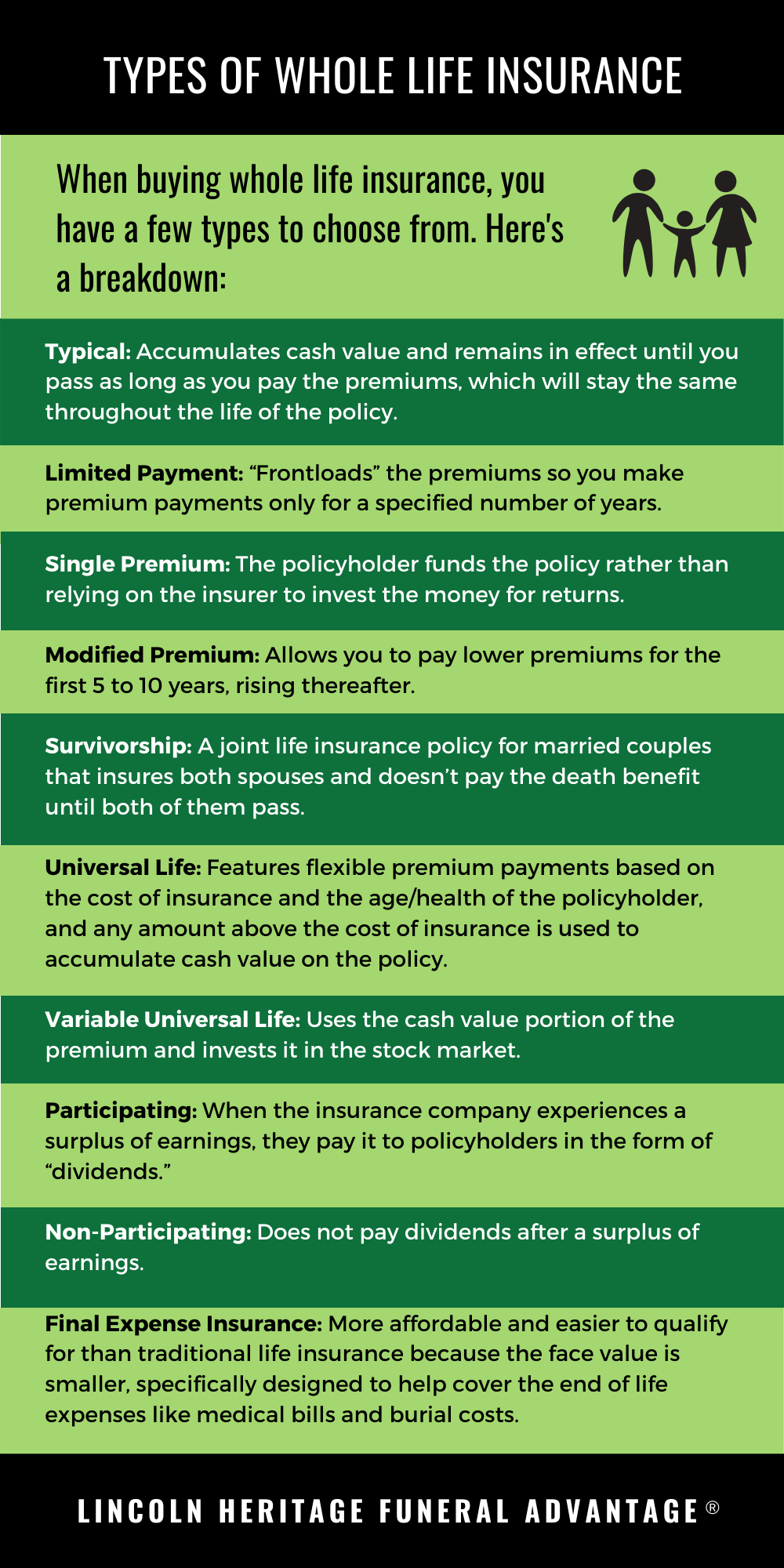California No-Fault Car Accidents: What You Need to Know
After a car accident in California, you might be wondering who’s responsible for paying for the damages. The answer to that question depends on whether California is a no-fault or at-fault state. In a no-fault state, each driver’s insurance company pays for their own damages, regardless of who caused the accident. California is a no-fault state, which means that you don’t have to prove that the other driver was at fault in order to collect compensation for your damages. However, there are some exceptions to this rule, so it’s important to understand how no-fault laws work in California.
What is California No-Fault Car Accident?
California is a no-fault car accident state, meaning that regardless of who is at fault, each driver’s insurance company will cover their own damages up to their policy limits. This means that you can’t sue the other driver for damages unless you have sustained serious injuries or your damages exceed your policy limits. Remember that you must file a claim with your own insurance company within 30 days of an accident. Your insurance company will then investigate the accident and determine how much you are entitled to recover under your policy. You may also be able to recover additional damages from the other driver’s insurance company if you can prove that they were at fault for the accident and that your damages exceed your policy limits.
No-fault laws are designed to make the process of recovering compensation after a car accident simpler and less adversarial. However, it’s important to understand the limitations of no-fault laws so that you can protect your rights. If you have any questions about California’s no-fault car accident laws, you should consult with an attorney.
What Is a No-Fault Car Accident in California?
In California, drivers are required to carry auto insurance, and the state follows a “no-fault” system. This means that regardless of who is at fault for an accident, each driver’s own insurance company will cover their damages and injuries, up to the limits of their policy.
No-fault insurance is designed to streamline the claims process and reduce disputes between drivers. However, it’s important to understand the specific rules and procedures that apply to no-fault car accidents in California.
Filing a No-Fault Car Accident Claim
After a no-fault car accident, drivers should contact their insurance companies to file a claim and report the accident. The insurance company will then investigate the accident and determine the extent of the damages and injuries.
To file a no-fault car accident claim, drivers will need to provide the following information to their insurance company:
Drivers should also provide their insurance company with any documentation related to the accident, such as a police report, medical records, or photographs of the scene.
What Happens After You File a No-Fault Claim?
Once you file a no-fault car accident claim, your insurance company will investigate the accident and determine the extent of the damages and injuries. The insurance company will then issue a payment to you for your damages and injuries, up to the limits of your policy.
If you are not satisfied with the amount of the payment, you can appeal the decision to your insurance company. If you are still not satisfied, you can file a lawsuit against the other driver.
California No-Fault Car Accidents: What You Need to Know
If you’ve been involved in a car accident in California, it’s important to know that the state follows a “no-fault” insurance system. This means that regardless of who is at fault for the accident, drivers can file a claim with their own insurance company to cover their damages.
Compensation in No-Fault Accidents
In a no-fault accident, drivers can recover compensation for medical expenses, lost wages, and other damages from their own insurance company. This includes coverage for:
- Medical bills
- Lost wages
- Pain and suffering
- Property damage
Filing a Claim
To file a claim after a no-fault accident, you should contact your insurance company as soon as possible. You will need to provide them with information about the accident, including the date, time, and location, as well as the names and contact information of the other drivers involved. Your insurance company will then investigate the claim and determine how much compensation you are entitled to.
Important Considerations
There are a few important things to keep in mind when filing a no-fault claim. First, you must file your claim within two years of the date of the accident. Second, your insurance company may require you to provide documentation to support your claim, such as medical records or proof of lost wages.
Getting Help
If you have been involved in a no-fault accident, it is important to seek legal help to ensure that you receive the full compensation you are entitled to. An attorney can help you file a claim, negotiate with the insurance company, and represent you in court if necessary.
California’s No-Fault Car Accident Law: What You Need to Know
After being involved in a car accident, it’s easy to feel overwhelmed and confused. And if you happen to live in California, the state’s no-fault car accident law can make things even more perplexing. But don’t worry, we’ve got you covered. In this article, we’ll break down California’s no-fault law and explain what it means for you. We’ll also discuss some of the exceptions to the no-fault rule and what to do if you’ve been injured in a car accident.
How California’s No-Fault Law Works
California’s no-fault law is designed to streamline the process of recovering damages after a car accident. Under this law, drivers are required to carry personal injury protection (PIP) insurance, which provides coverage for medical expenses, lost wages, and other damages regardless of who is at fault for the accident. This means that you don’t have to wait for the other driver to be found liable before you can start receiving benefits.
Exceptions to No-Fault Rule
While California’s no-fault law is generally straightforward, there are some exceptions to the rule. These exceptions include:
Serious Injuries
If you suffer serious injuries in a car accident, you may be able to file a lawsuit against the at-fault driver. Serious injuries are defined as injuries that result in permanent disability, disfigurement, or death. This exception to the no-fault rule is a complex one, so it’s important to speak to an attorney if you believe you may qualify.
Drunk Driving
If you are injured in an accident caused by a drunk driver, you may be able to file a lawsuit against the drunk driver. Drunk driving is a serious crime, and drunk drivers should be held accountable for the injuries they cause. In addition to filing a lawsuit, you may also be able to recover compensation from the drunk driver’s insurance company.
Fleeing the Scene of a Crime
If you are injured in an accident caused by a driver who was fleeing the scene of a crime, you may be able to file a lawsuit against the driver. Fleeing the scene of a crime is a serious offense, and drivers who do so should be held accountable for their actions. In addition to filing a lawsuit, you may also be able to recover compensation from the driver’s insurance company.
Intentional Acts
If you are injured in an accident caused by an intentional act, you may be able to file a lawsuit against the person who caused the accident. Intentional acts include things like assault, battery, and road rage. In these cases, the no-fault law does not apply, and you can sue the at-fault party for damages.
California No-Fault Car Accident: Navigating the Legal Landscape
If you’ve been involved in a car accident in California, it’s essential to understand the state’s unique no-fault system. This system differs from traditional tort-based systems, where drivers must prove who was at fault to recover damages. Here’s a comprehensive guide to California’s no-fault car accident laws.
Benefits of No-Fault System
The no-fault system has several advantages over the tort system. Primarily, it reduces disputes over fault. In tort systems, determining liability can be a lengthy and contentious process, often resulting in costly litigation. The no-fault system eliminates this issue by assigning liability regardless of fault.
Moreover, the no-fault system streamlines the claims process. Instead of waiting for a determination of fault, policyholders can file claims directly with their own insurance companies. This leads to quicker compensation for medical expenses, lost wages, and other damages.
Filing a No-Fault Claim
After a car accident in California, the first step is to notify your insurance company. You have 14 days to file a "first-party claim" with your insurer. The claim covers your injuries and expenses regardless of who caused the accident.
Limits on Recovery
While the no-fault system provides certain benefits, it also imposes limits on compensation. Typically, you can only recover up to a specific amount for medical expenses and lost wages. The exact limits vary depending on your insurance coverage and the severity of your injuries.
Exceptions to No-Fault
There are limited exceptions to the no-fault system. In certain cases, drivers may still pursue legal action based on fault. For example, you may have a case if the crash resulted in severe injuries or death. However, these exceptions are relatively narrow, and the burden of proof remains high.
Getting Legal Help
If you’ve been injured in a car accident in California, it’s wise to seek legal advice. An experienced attorney can help you understand your rights and options under the no-fault system. They can also assist you in filing a claim and negotiating a fair settlement.
California’s No-Fault Car Accident Law
In the aftermath of a car accident in California, navigating the legal landscape can be daunting. The state’s unique no-fault system, implemented to streamline the claims process, comes with both advantages and drawbacks. Understanding these nuances is crucial for accident victims seeking fair compensation and securing their rights.
Under California’s no-fault system, drivers are generally required to file claims with their own insurance companies, regardless of who caused the accident. This approach aims to expedite the claims process, eliminating the need for lengthy and often contentious fault determinations. However, this simplicity may come at a cost, potentially limiting compensation for victims of serious accidents.
Drawbacks of No-Fault System
While the no-fault system has its benefits, it’s not without its drawbacks. For one, victims of serious accidents may not receive adequate compensation for their injuries. Insurance policies under the no-fault system typically have caps on coverage amounts, limiting the funds available to pay for medical expenses and other damages. In such cases, victims are left with the burden of covering the remaining costs, potentially jeopardizing their financial well-being.
Another disadvantage is the inability to seek non-economic damages, such as pain and suffering or emotional distress. These damages aim to compensate victims for the intangible losses they experience as a result of the accident. However, under the no-fault system, these damages are not recoverable unless injuries meet a specific threshold of severity. This can leave victims with significant emotional and psychological scars without recourse for fair compensation.
Moreover, the no-fault system can lead to increased insurance premiums for all drivers. The costs associated with processing and paying claims are ultimately passed on to consumers in the form of higher insurance rates. This places an additional financial burden on drivers, particularly those with clean driving records and no history of accidents.
Another concern is the potential for fraud and abuse. The no-fault system may create opportunities for individuals to inflate claims or engage in fraudulent activities. This can drive up insurance costs for everyone and undermine the integrity of the system.
In limited circumstances, victims of serious accidents may be able to pursue a fault-based claim against the at-fault party. This exception applies when injuries exceed a specific threshold of severity, such as permanent disability or disfigurement. However, navigating this exception can be complex and requires careful consideration of the specific facts and circumstances of the case.




Leave a Reply